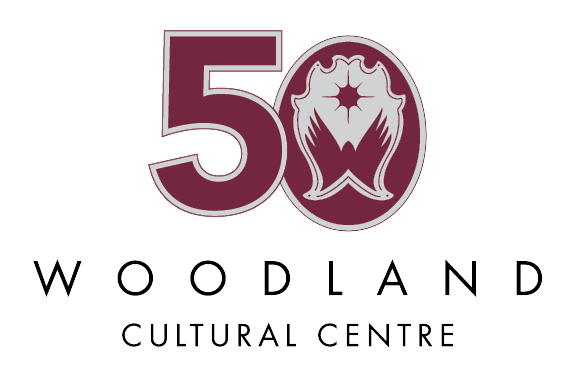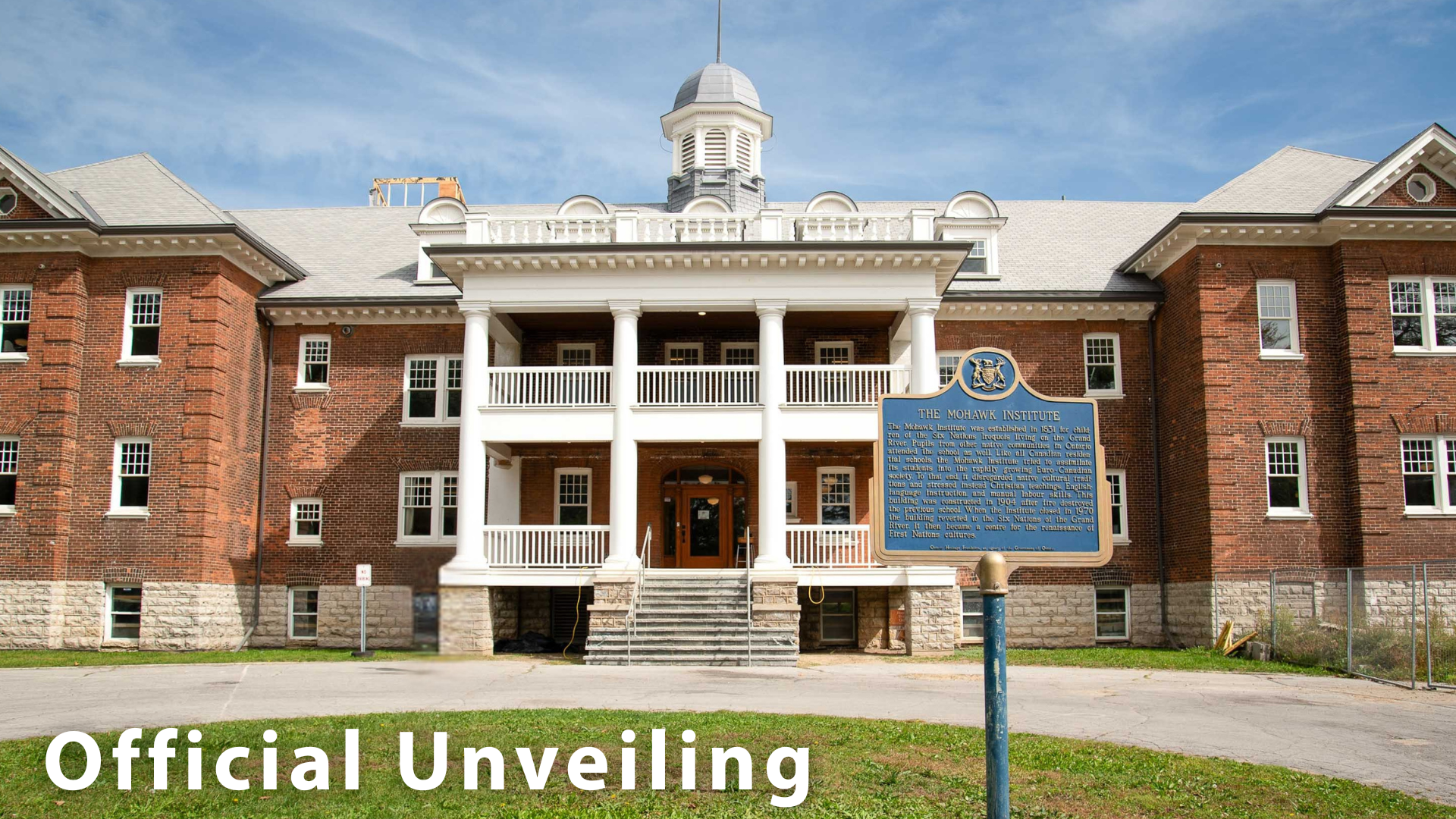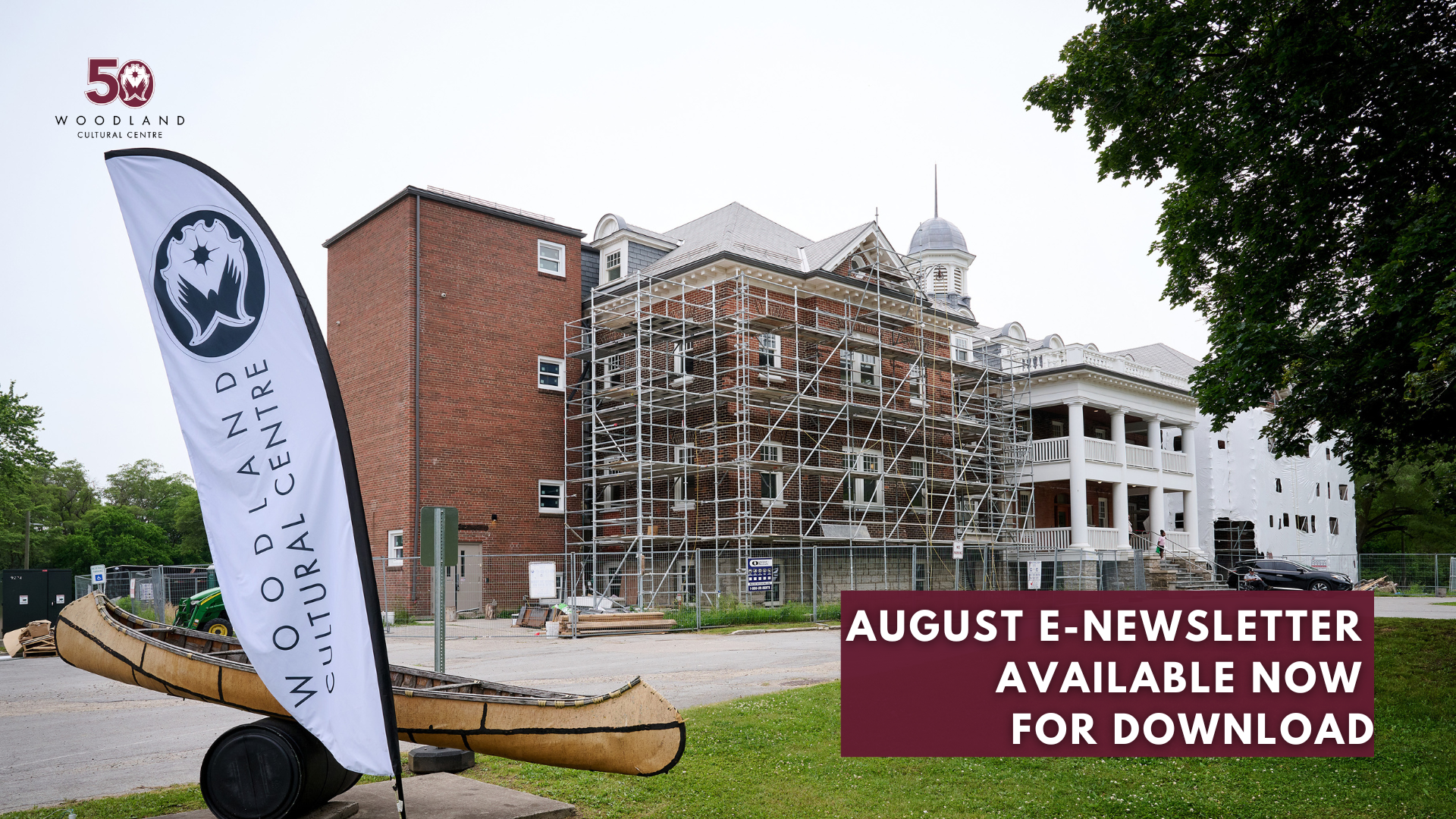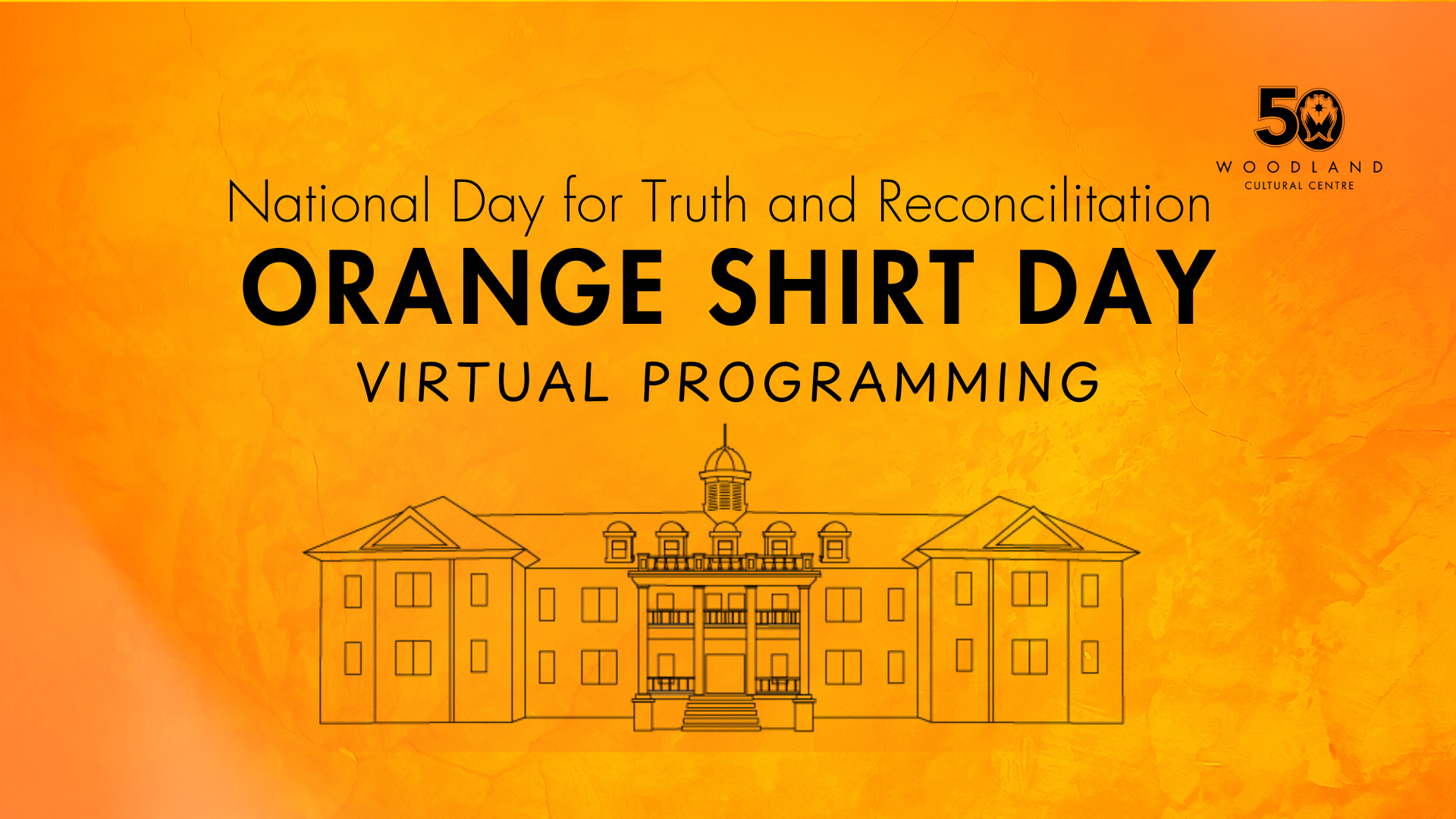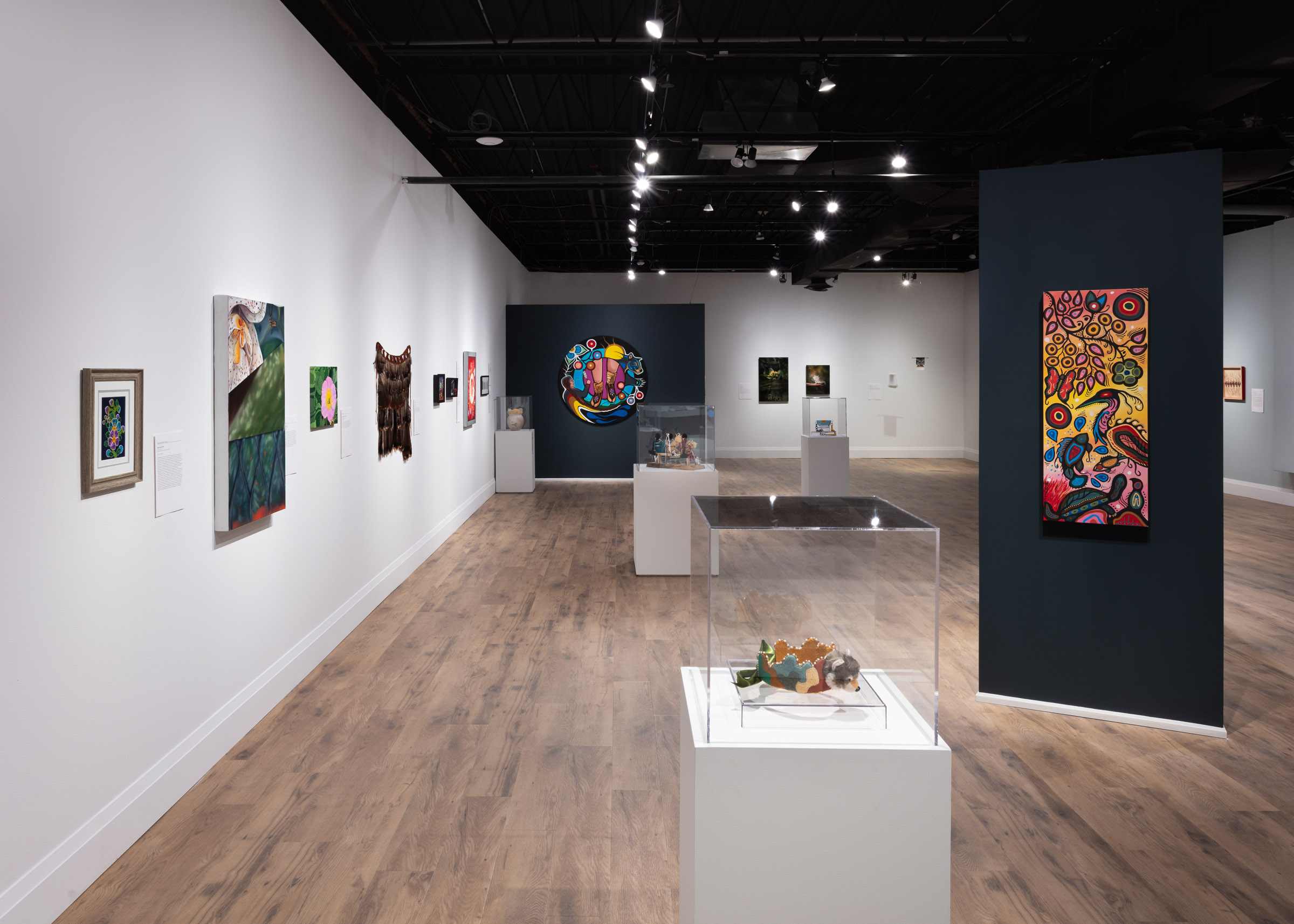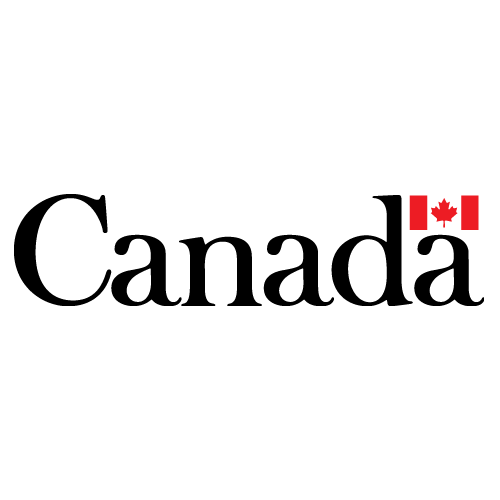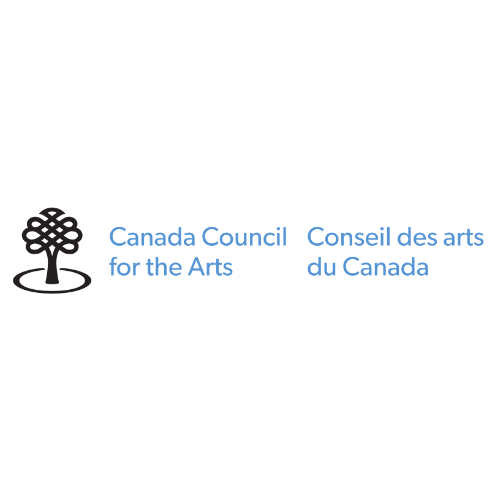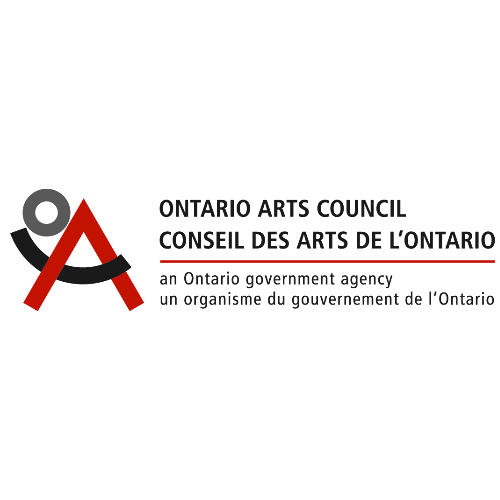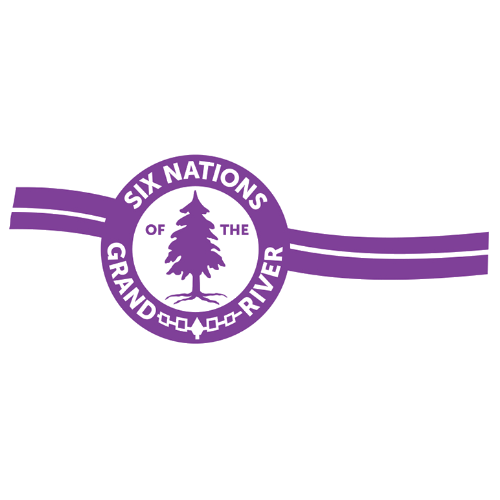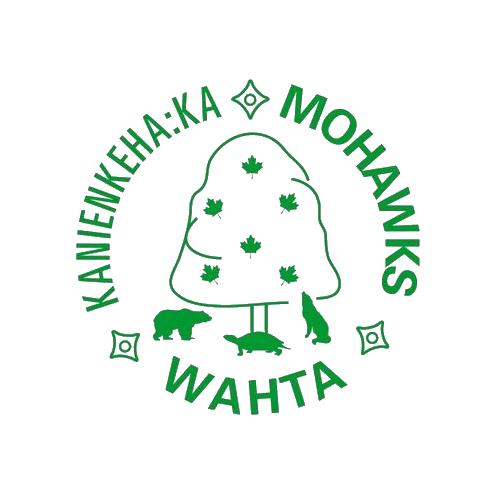Bear Witness to Truth & Reconciliation
Tell the truth. Learn the truth. Reconcile.
Ten years ago, the Truth and Reconciliation Commission (TRC) released a report after years of research that spoke to the harrowing legacy of residential schools and their lasting impact on generations of Indigenous peoples. This report included a path on how we can all come together to reconcile the devastating truth with the country Canada aims to be.
The TRC spent six years travelling across Canada to gather stories from more than 6,000 witnesses, most of whom were Survivors, of residential schools. The TRC’s focus was to not only uncover the truth of over 150 years of the institutional residential school system, but also to establish the groundwork for the difficult task of reconciliation.
“The road we travel is equal in importance to the destination we seek. There are no shortcuts. When it comes to truth and reconciliation we are forced to go the distance.” – Senator Murray Sinclair, Chief Commissioner of the Truth and Reconciliation Commission of Canada
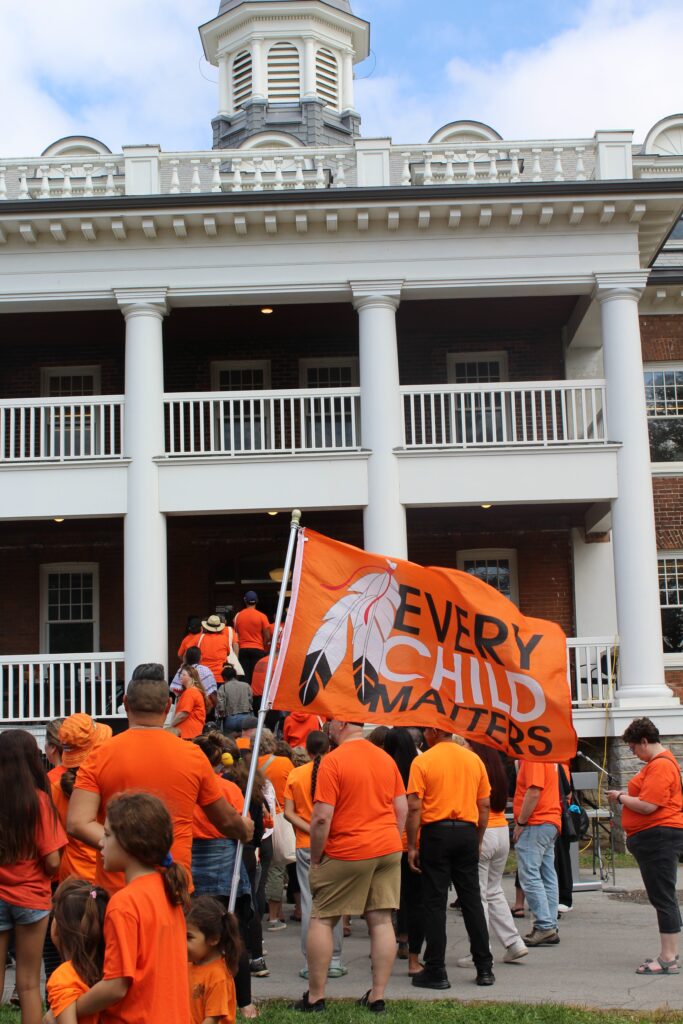
How does a country reconcile more than a century and a half of cultural genocide? The TRC approached this question by defining reconciliation as something like dealing with a situation of family violence – reconciliation is about “coming to terms with events of the past in a manner that overcomes conflict and establishes a respectful and healthy relationship among people, going forward.” Part of the respectful and healthy relationship includes responding to the 94 Calls to Action (CTAs).
The 94 Calls to Action are actionable policy recommendations for all Canadians from the general public to the federal government and every person, organization, and institution in between. The CTA is divided into two sections: Legacy and Reconciliation.
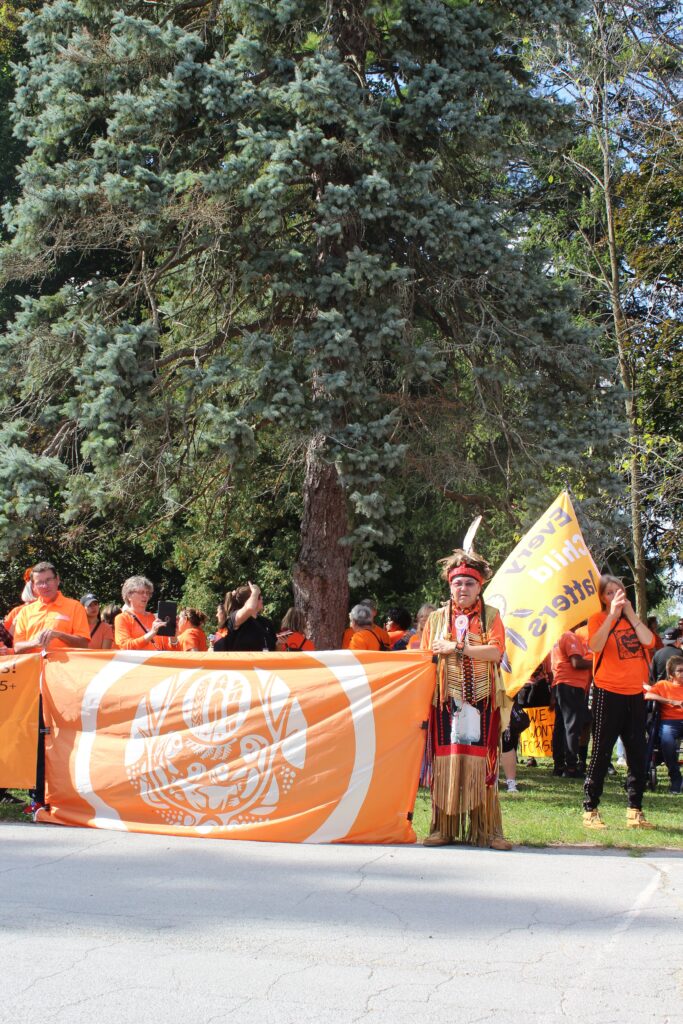
Legacy CTAs address the history of residential schools, tackling how the atrocities took place as well as acknowledging the effects within Indigenous communities by examining the topics of Child Welfare, Education, Language & Culture, Health, and Justice.
Reconciliation CTAs recommend policy changes that work to dismantle systemic racism, improve lives for Indigenous Peoples, and ensure that this never happens again.
As of April 2025, only 15 CTAs have been completed, with 33 projects in progress, 29 projects proposed, and 17 not started.
Reconciliation is a continual process in which we share responsibility. By committing to ongoing education, challenging stereotypes, and supporting Indigenous initiatives, we can work together toward change and not only establish, but also maintain, respectful relationships.
Personal Acts of Reconciliation
1. Educate yourself: Read Books on the residential school experience.
- Simple act of doing personal research
- Check out your local library
- Create a book club with friends
- CBC list of memoirs by Indigenous writers
- Today’s Parent booklist (for kids)
- Concordia’s list of resources for decolonizing and Indigenizing the academic curriculum
2. Volunteer at your local Indigenous non-profit organization.
- Woodland Cultural Centre (Brantford)
- Ontario First Nations Technical Services Corporation (Brantford)
- Brantford Native Housing (Brantford)
- Six Nations Public Library (Ohsweken)
- Youth Mental Health Canada (Hamilton)
- Native Women’s Association of Canada (Ottawa)
- Indspire (Ohsweken)
- Canadian Roots Exchange
- Reconciliation Canada (Vancouver)
- Native Canadian Centre of Toronto
- First Nations Child & Caring Society (Ottawa)
3. Support and celebrate emerging Indigenous artists and musicians.
Our communities are rich with Indigenous artists and musicians who are creating work that is thoughtful, contemporary and current. Many of these artists are pushing boundaries and putting their history, and the history of their ancestors, front-and-center. The best art makes you feel, makes you think, and definitely challenges your biases and perspectives.
- Check out this list by Canadian Art Magazine
- ImagineNATIVE Film & Media Arts Festival
- List of other Indigenous Festivals
4. Watch Films and Documentaries
- Rustic Oracle
- Angry Inuk
- We Were Children
- In Jesus’ Name: Shattering the Silence of St. Ann’s Residential School
- The Eyes of Children
- Sleeping Children Awake
- Our People Will Be Healed
- Stolen Children: Residential School Survivors Tell Their Stories
- Violation of Trust
- The Secret Path
- and many more!
5. Have the courage to be uncomfortable.
- Reconciliation is speaking out when you hear racial slurs.
- Reconciliation is knowing that it’s uncomfortable to speak up, but doing it because it is the right thing to do.
- Reconciliation is what you do at your dinner table; it’s the conversations you have with your family (with awareness that these conversations are uncomfortable).
- Have the courage to be uncomfortable.
- Have the courage to look deeply inside yourself, examine your biases, and take action to change yourself and to grow.
Interested in hearing more personal acts of reconciliation? Woodland Cultural Centre offers comprehensive educational experiences for children, youth, and adults through guided tours, programming, and workshops. To book a Truth and Reconciliation presentation for your group, or other presentations and programming, please reach out to tours@woodlandculturalcentre.ca.
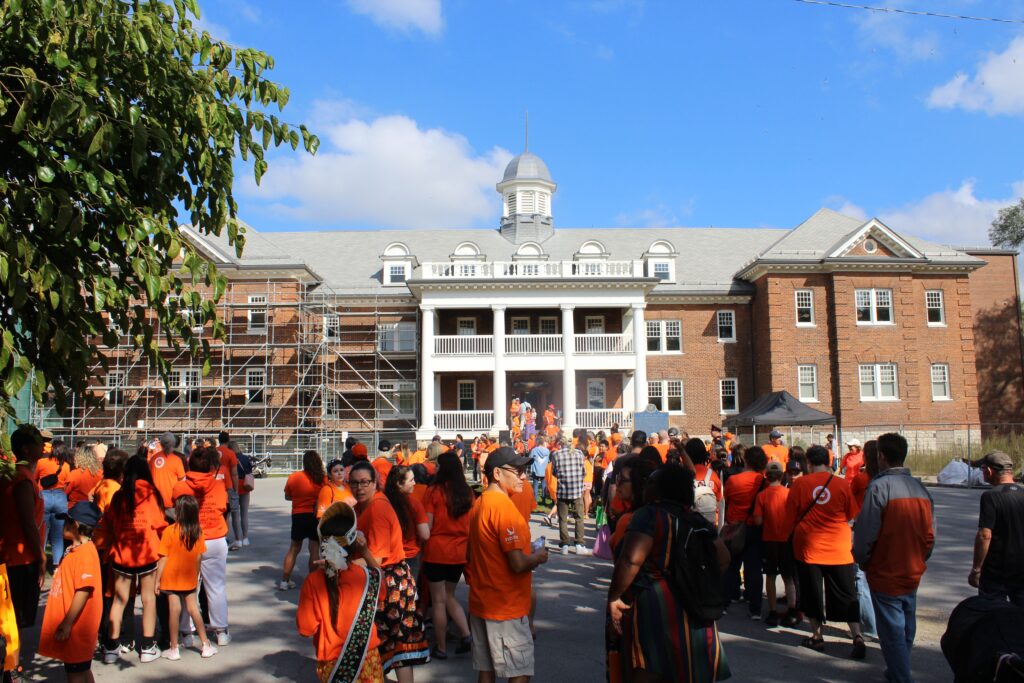
”
A Timeline: From the opening of the Mohawk Institute to TRC
”
